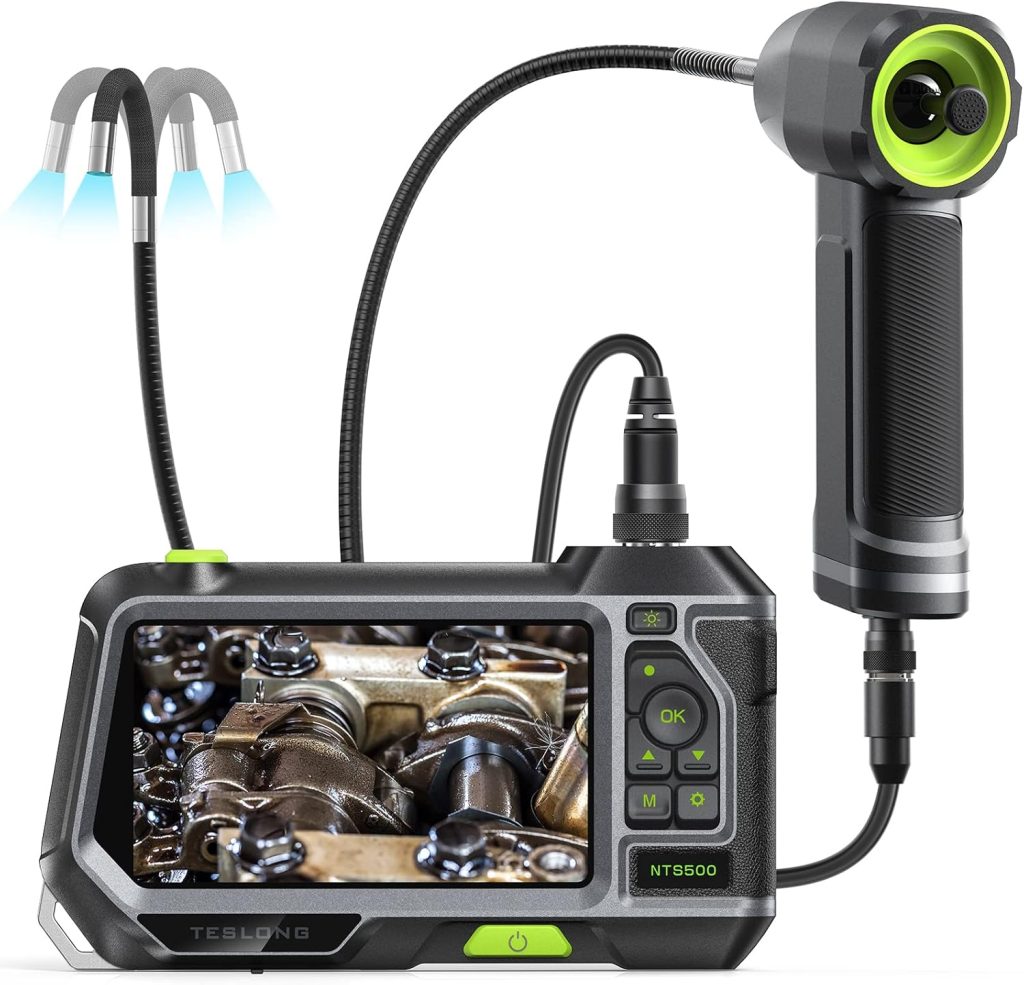When it comes to aviation, even the smallest mechanical issue can compromise flight safety. Airplane engines endure extreme conditions — heat, pressure, and vibration — all of which can lead to wear or damage over time. Detecting these problems early is essential to keeping aircraft in peak condition and preventing costly breakdowns. This is where advanced inspection tools like the Industrial borescope machine come into play. These precision instruments allow engineers to see deep inside engines and other complex systems without dismantling them, providing valuable insights that help avoid future failures.
Understanding Borescope Technology
A borescope is a thin, flexible, or hard tool that has a light source and a high-resolution camera. It’s designed to access confined or hard-to-reach spaces — such as the interior of an airplane engine, turbine, or combustion chamber — and capture clear, real-time images. The Industrial borescope machine transmits these visuals to a connected monitor, giving technicians a detailed look at engine components that would otherwise require complete disassembly to inspect.
Unlike traditional inspection methods, borescopes minimize downtime and reduce labor costs. They also allow for quick, accurate diagnostics without the risk of introducing additional damage through unnecessary part removal.
Spotting Early Signs of Damage
One of the biggest advantages of using borescope machines in aviation maintenance is the ability to detect subtle or hidden issues before they turn into critical failures. During an inspection, technicians can identify early signs of corrosion, cracking, oil residue buildup, foreign object damage, or blade deformation.
For instance, in turbine engines, small nicks or dents on compressor blades can lead to severe imbalances or efficiency losses if not addressed promptly. A borescope’s magnified view helps pinpoint these issues in their initial stages. This allows for immediate corrective action, whether it’s repairing the affected area or scheduling a replacement part.
By catching problems early, operators not only enhance safety but also extend the lifespan of the engine and reduce overall maintenance costs.
Streamlining Maintenance and Reporting
Modern borescope machines go beyond simple visual inspection. They come equipped with advanced recording, measurement, and image analysis capabilities. Technicians can capture high-definition stills or videos, annotate them, and store them for future reference. This digital documentation is crucial for building maintenance histories, identifying recurring issues, and complying with aviation safety regulations.
Additionally, these machines enable more efficient collaboration between teams. Engineers, maintenance supervisors, and manufacturers can all access the same visual data to make informed decisions quickly. In large-scale aviation operations, this level of coordination ensures minimal downtime and maximum efficiency.
The Broader Role of Industrial Borescopes
While they are very important in flight, the Industrial borescope machine can be used for a lot more than just maintaining airplanes. These tools are also used to check engines, pipelines, turbines, and other important machinery in the power generation, oil and gas, and car engineering industries. The goal is the same everywhere: to find hidden problems before they get worse and become costly or risky failures.
The precision, portability, and versatility of borescope machines make them indispensable in any field where reliability and safety are paramount.
Preventing Problems Before They Take Flight
Aviation maintenance is ultimately about prevention. Every inspection, every image captured through a borescope, contributes to a safer flight. The ability to peer inside an engine without taking it apart saves time and resources while ensuring that no defect goes unnoticed.
In an industry where safety and precision cannot be compromised, borescope technology has become a cornerstone of proactive maintenance. With the help of an Industrial borescope machine, engineers can stay one step ahead of potential problems, ensuring that aircraft continue to soar with confidence and reliability.
By integrating advanced inspection tools into regular maintenance schedules, aviation professionals safeguard not only engines but the lives and trust of everyone who takes to the skies.







